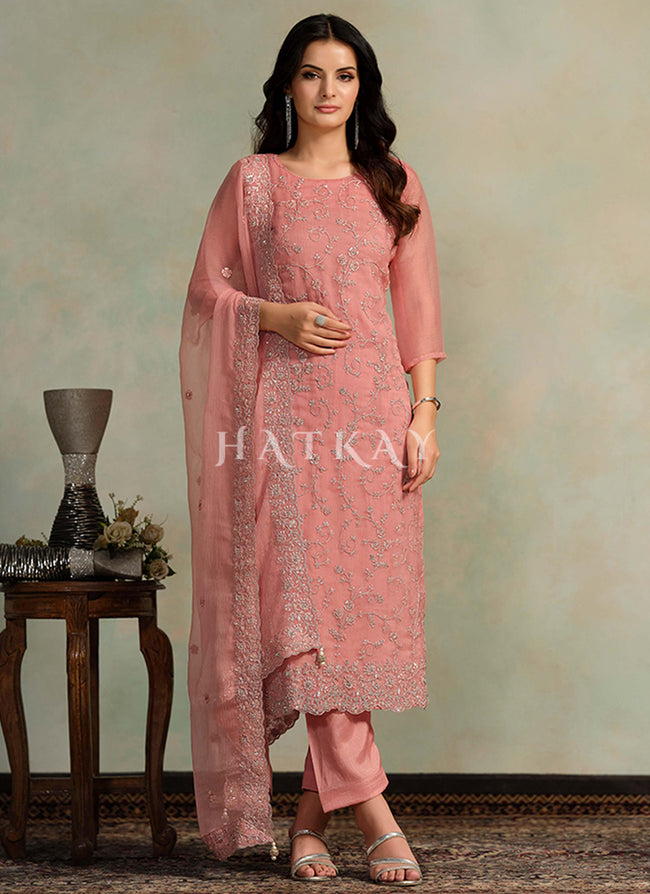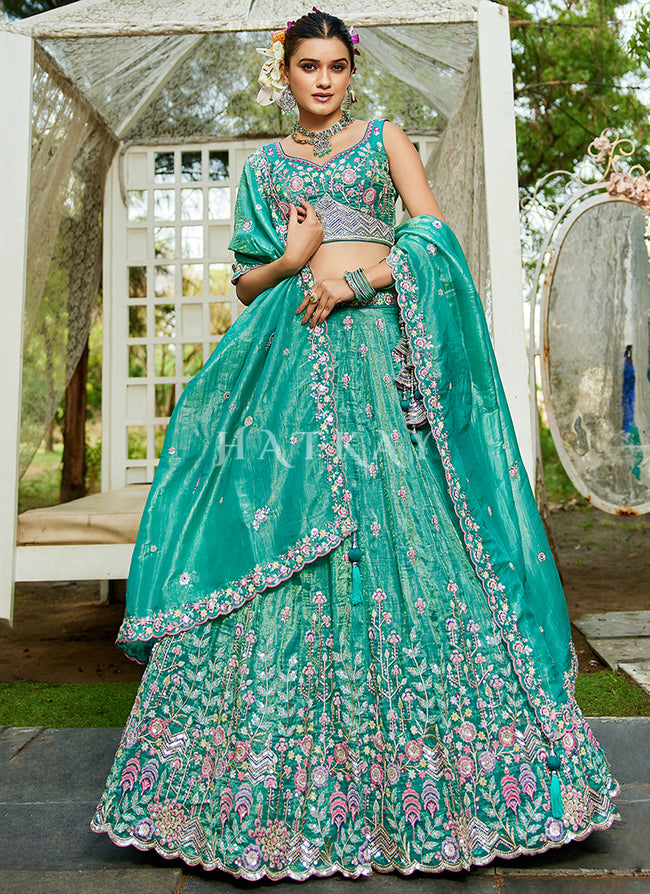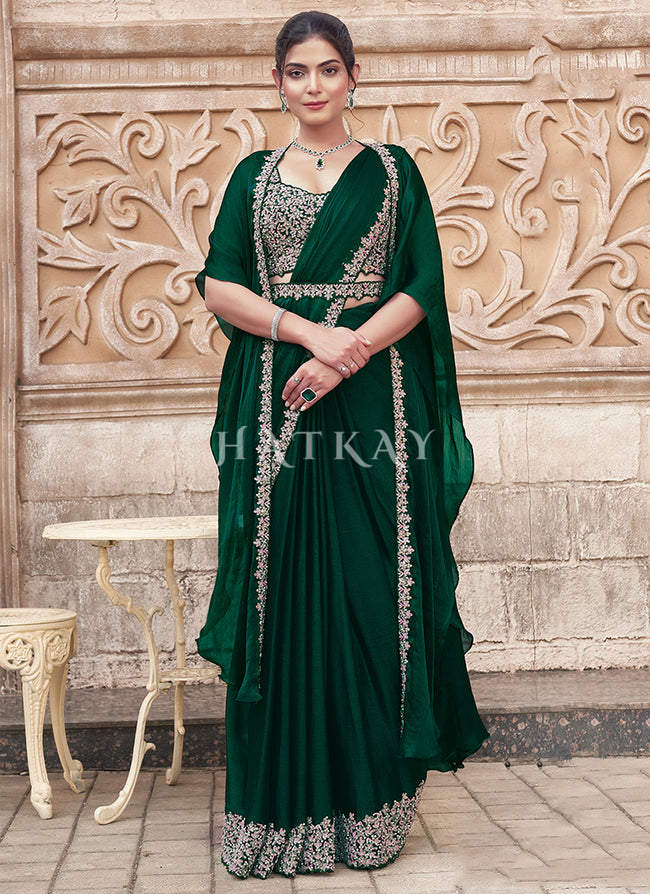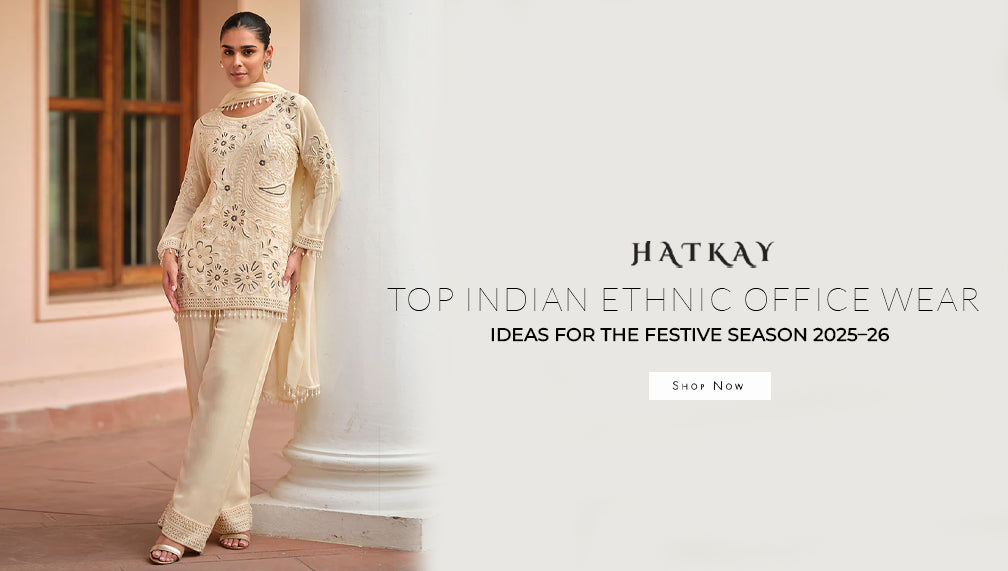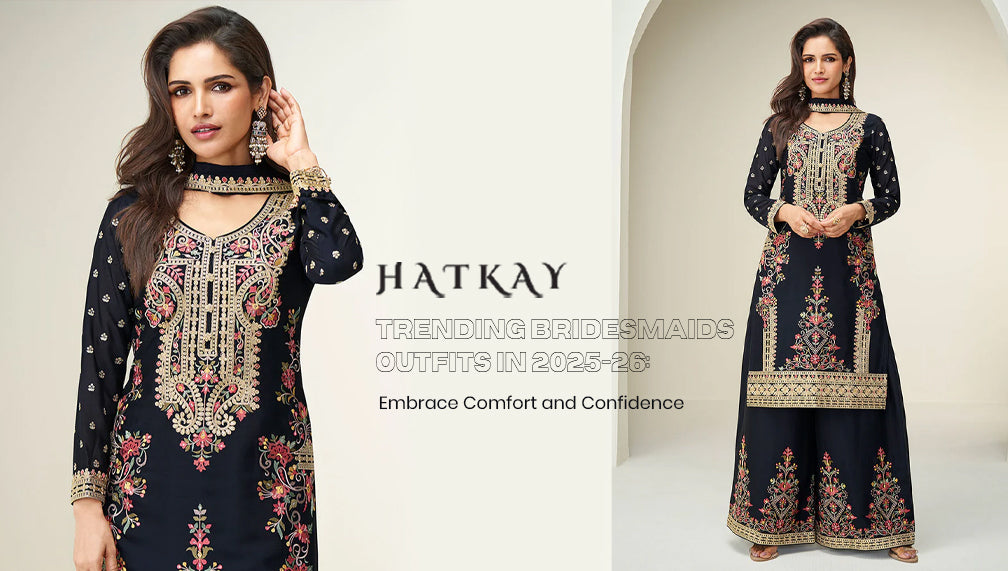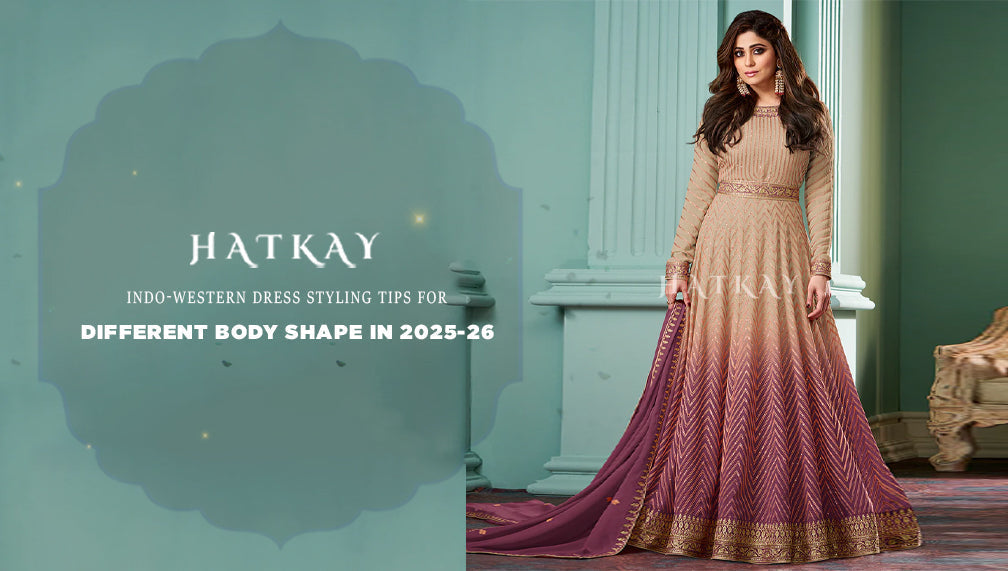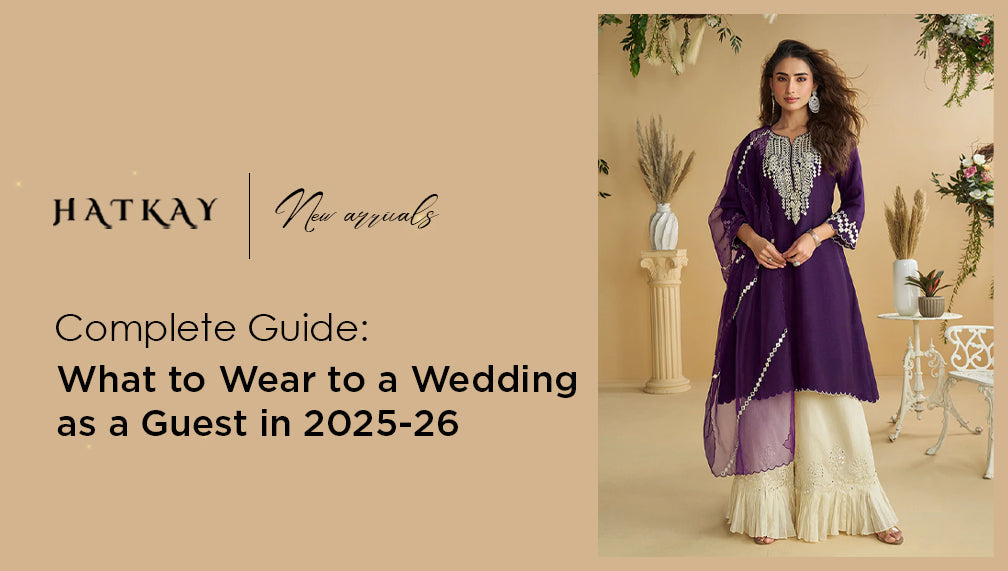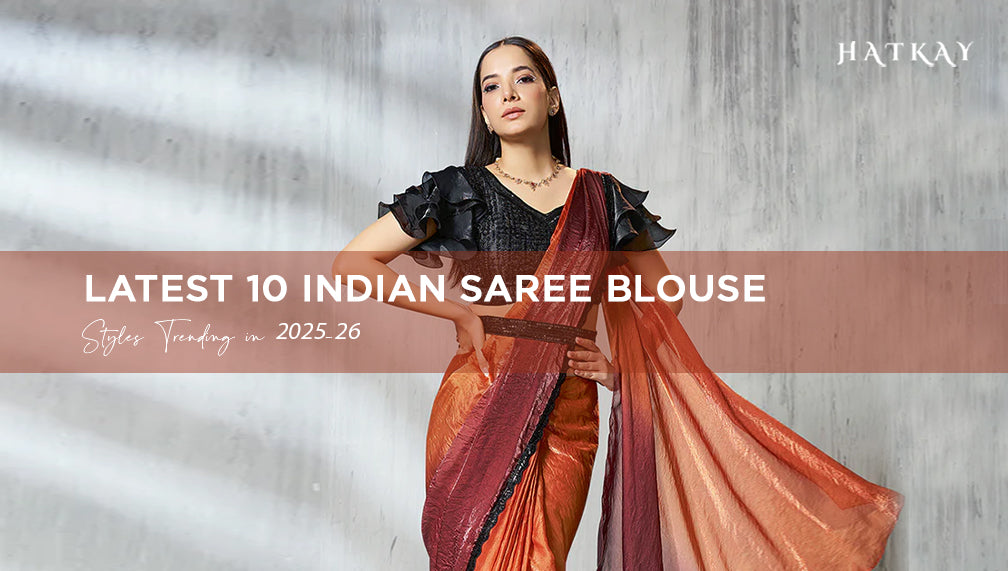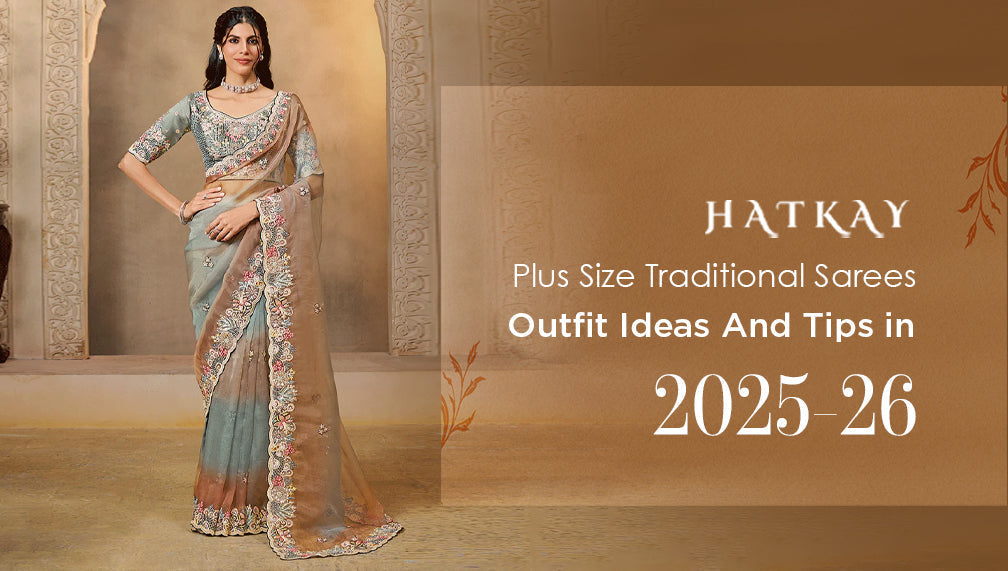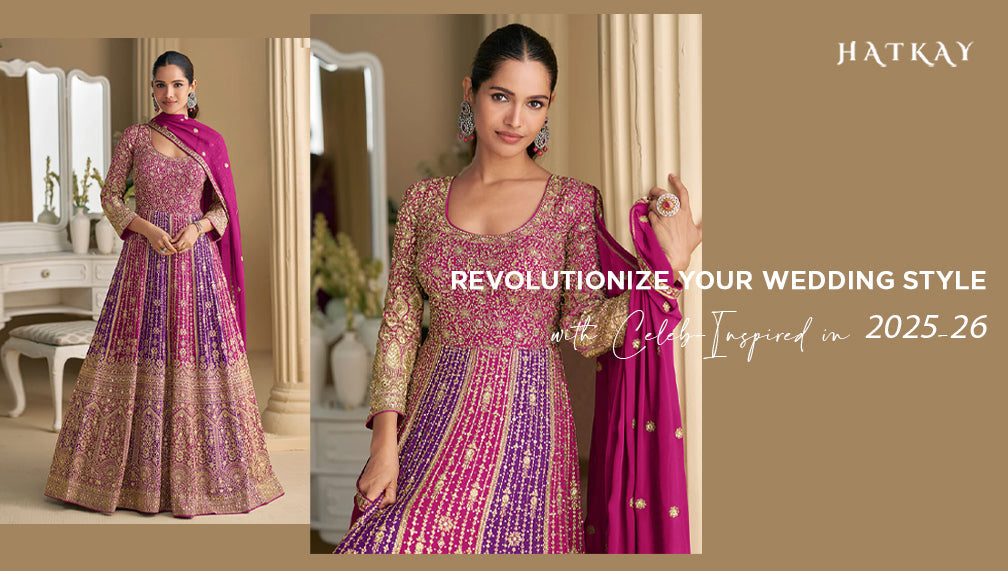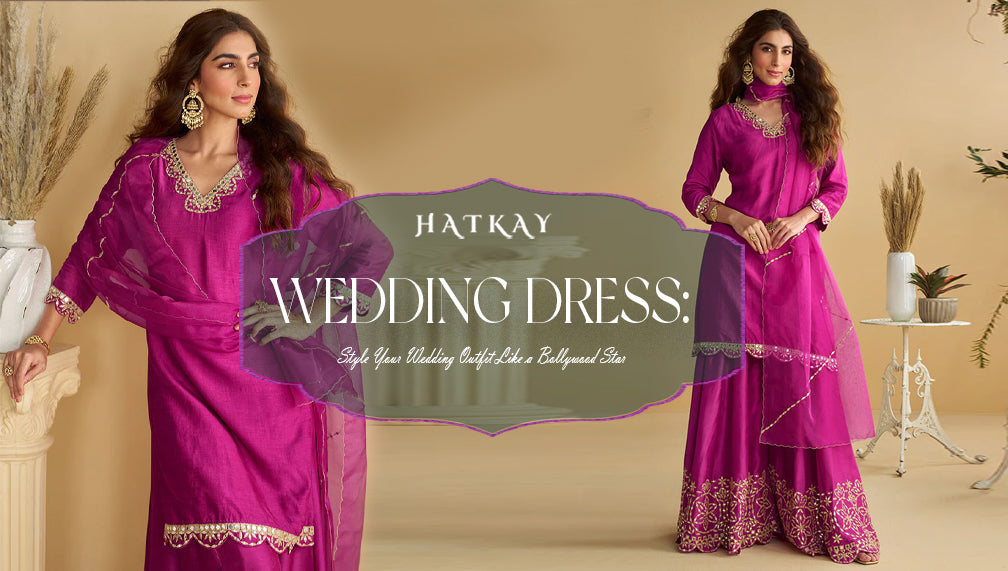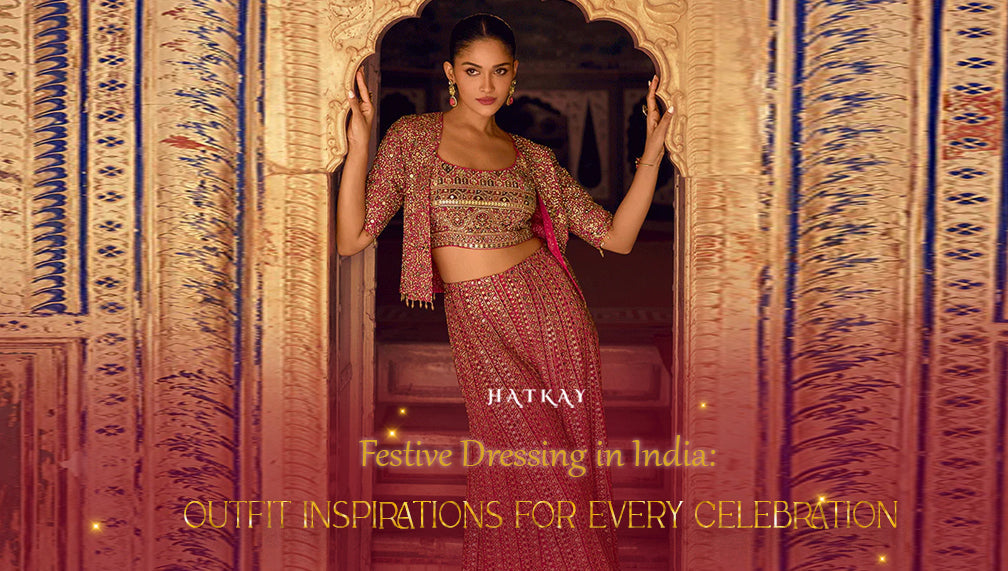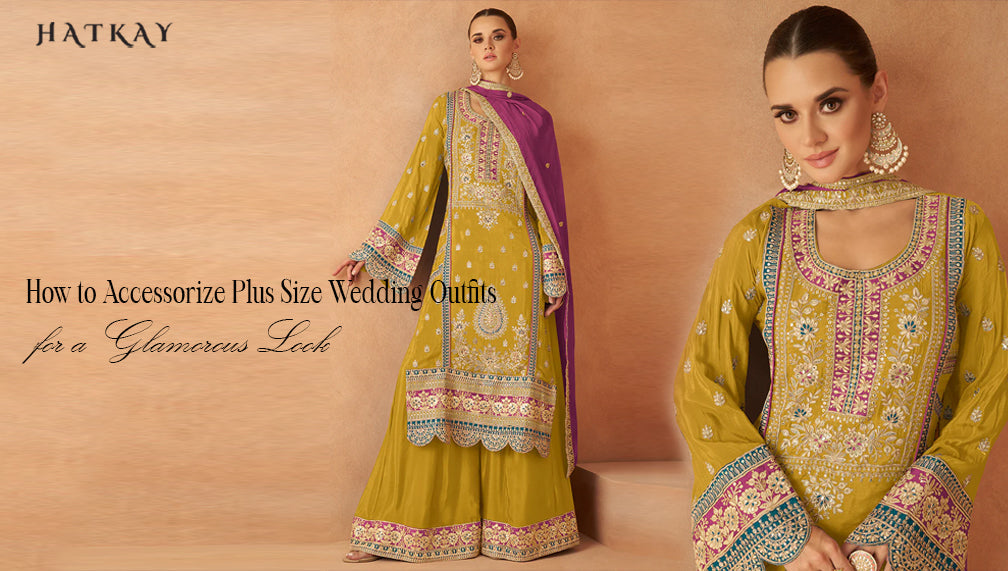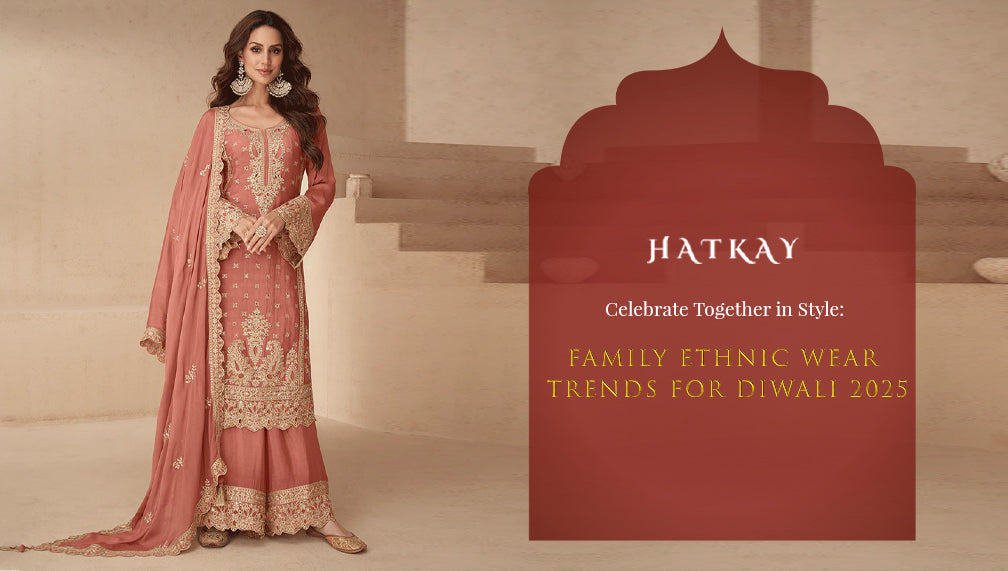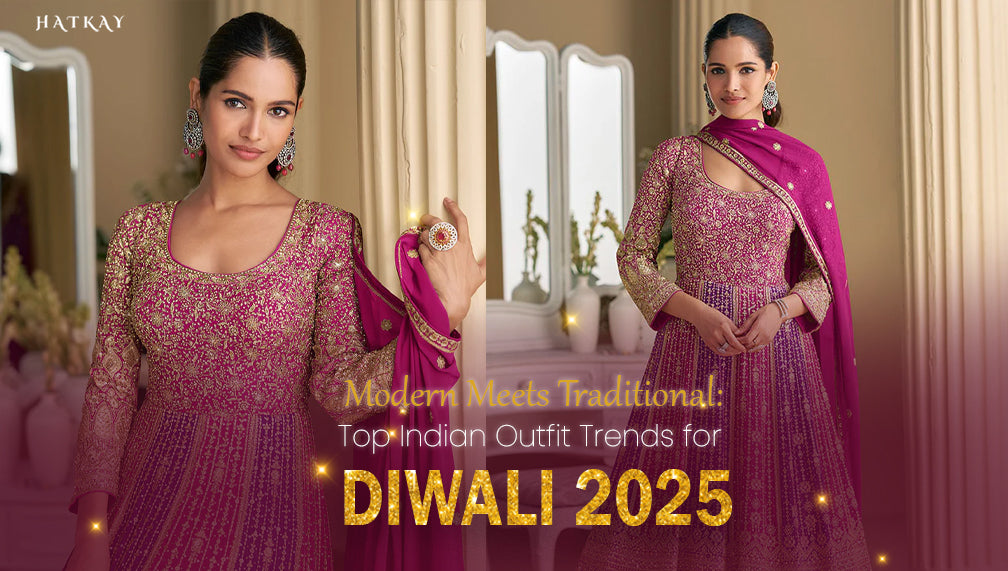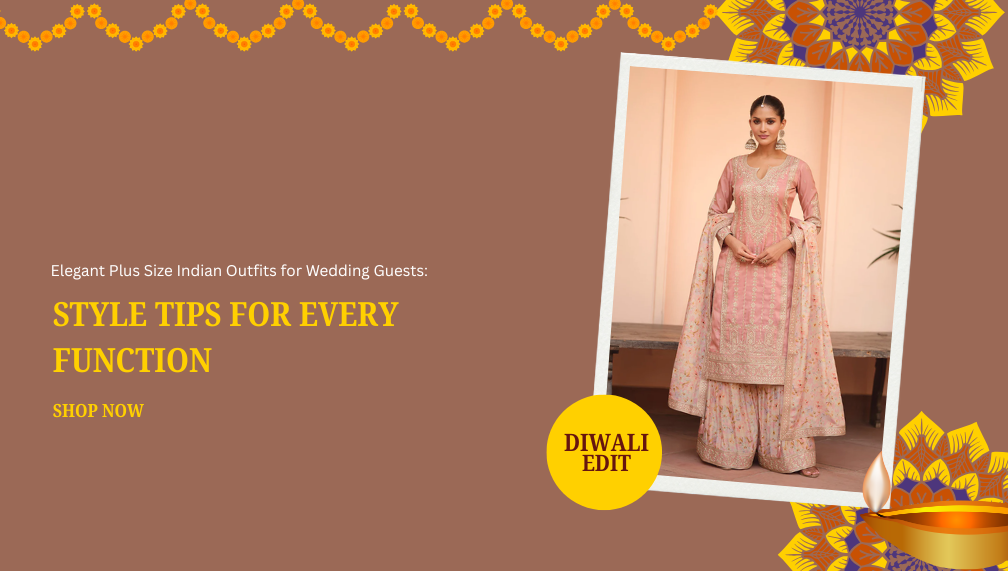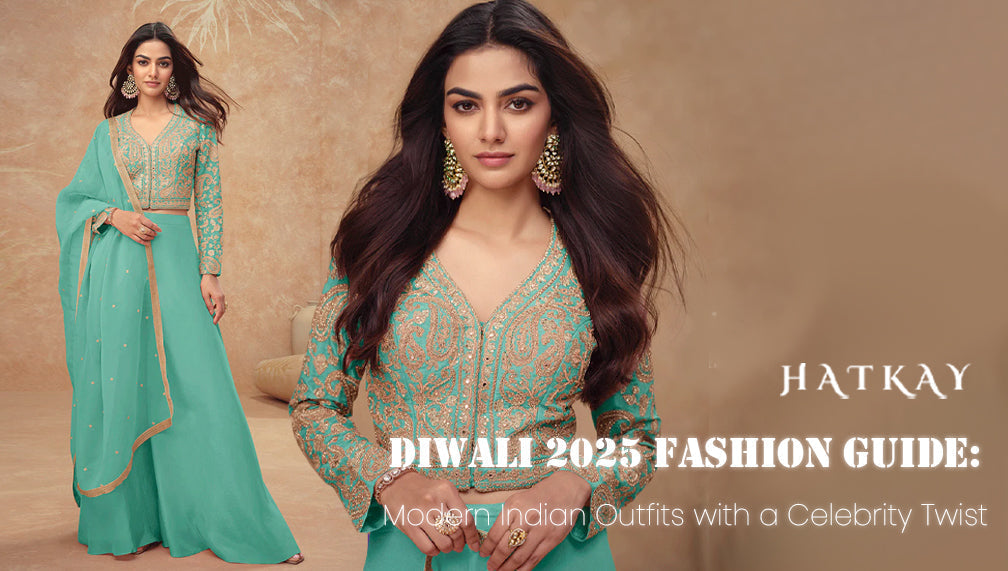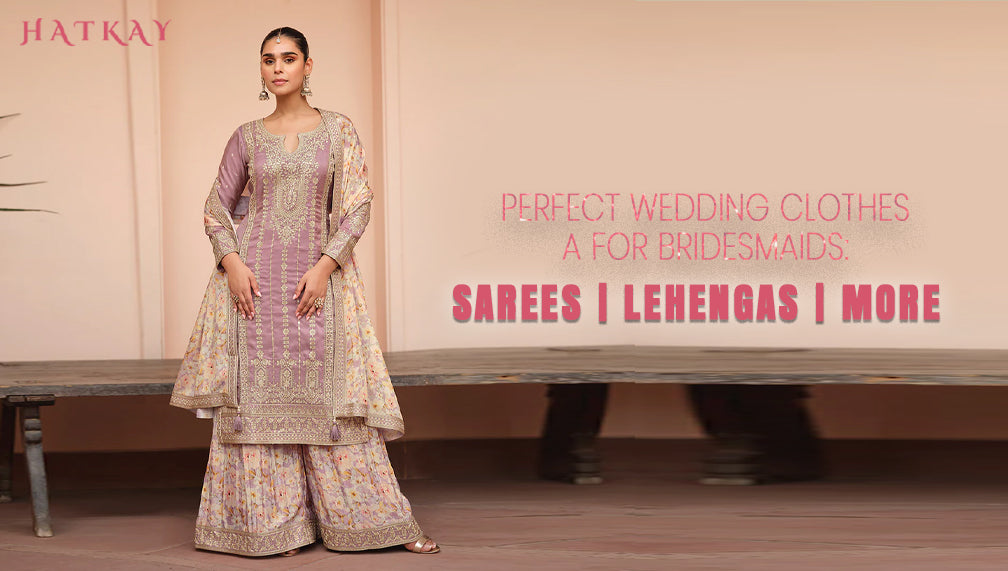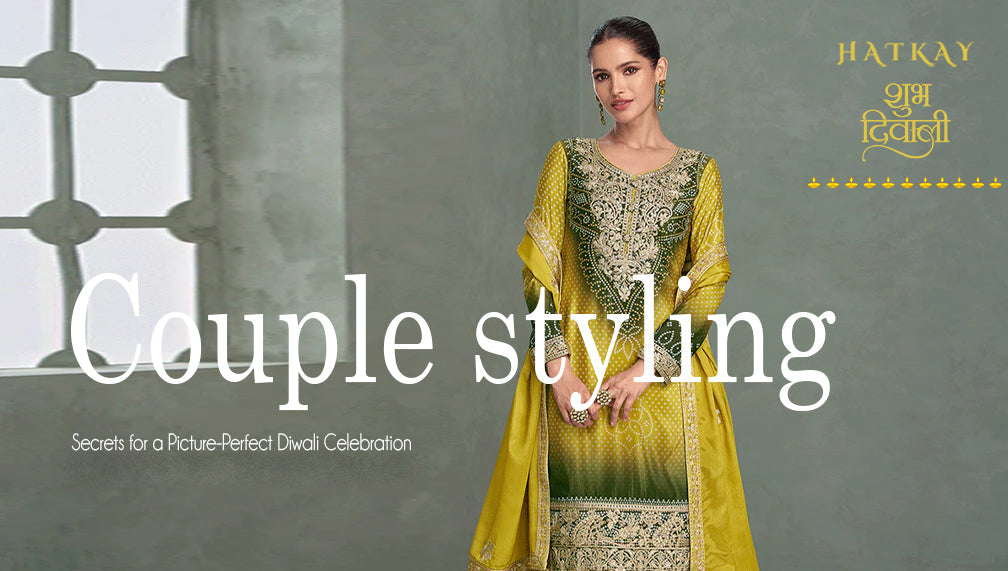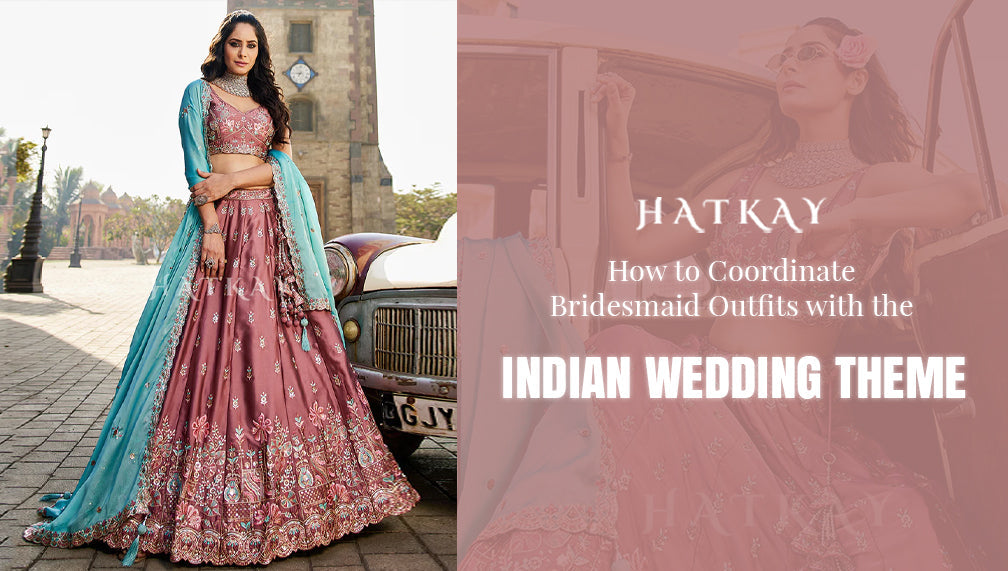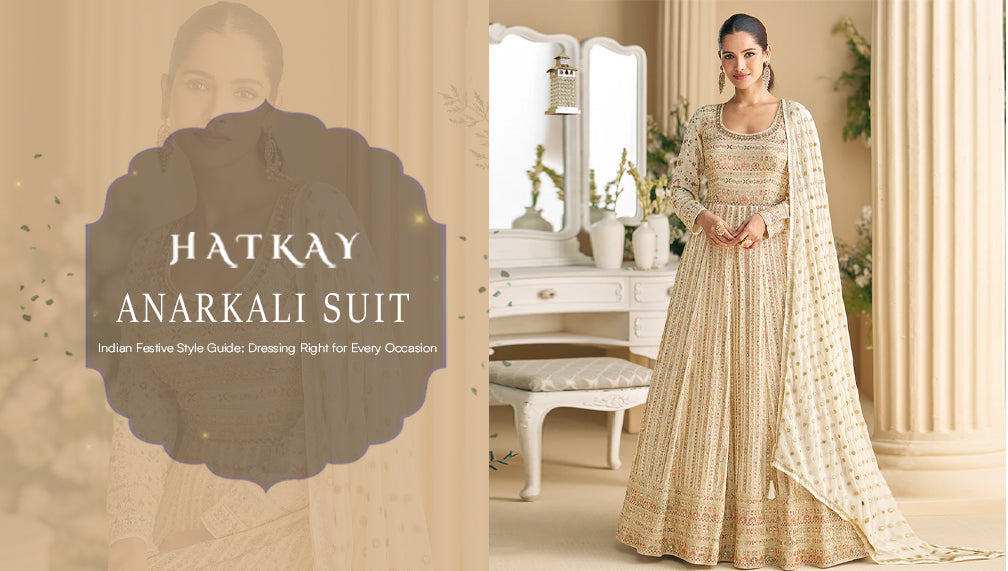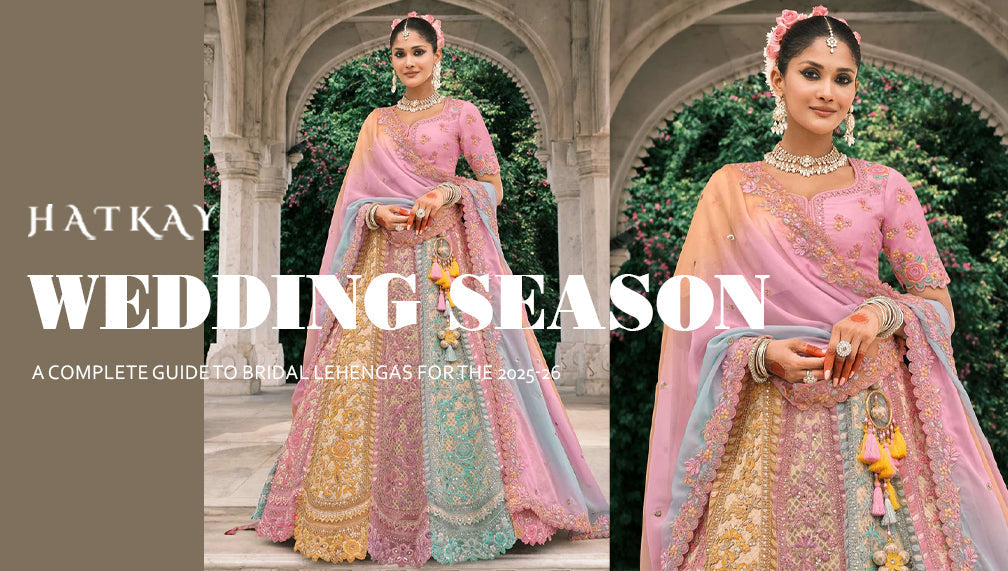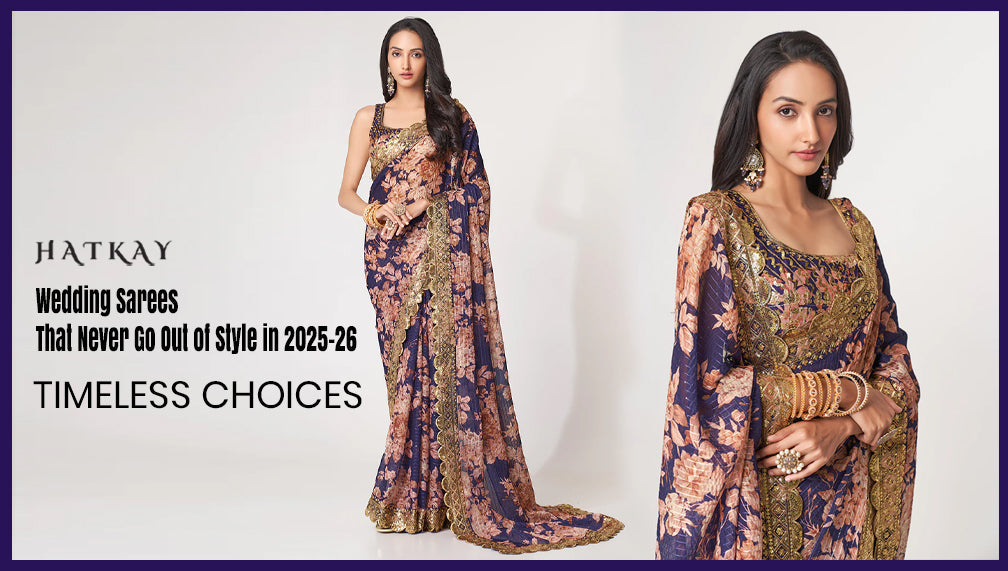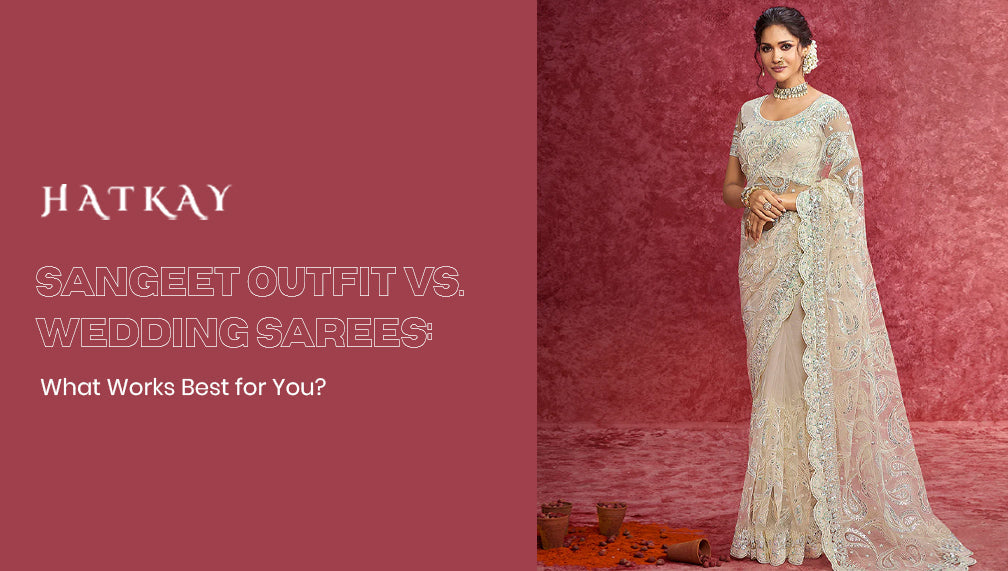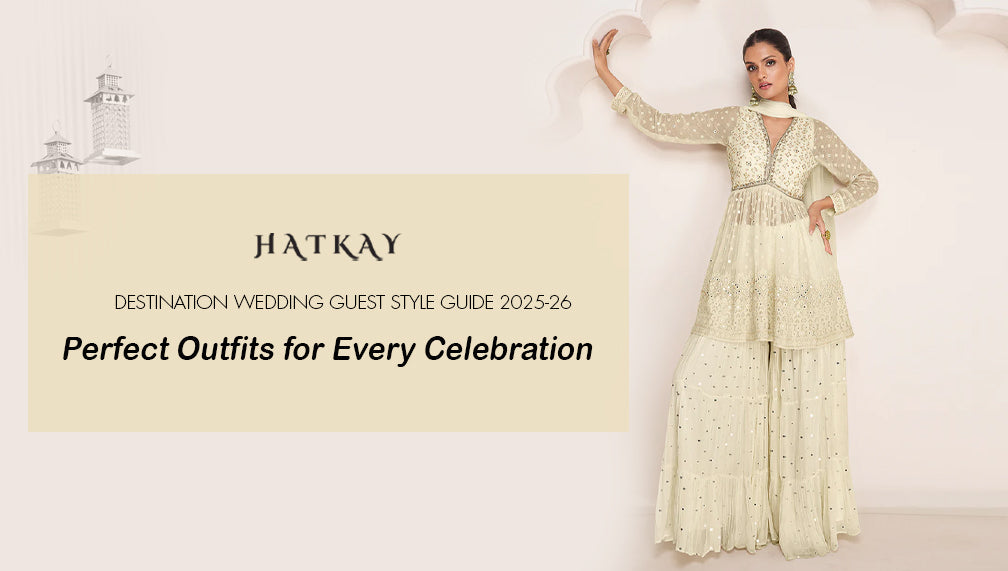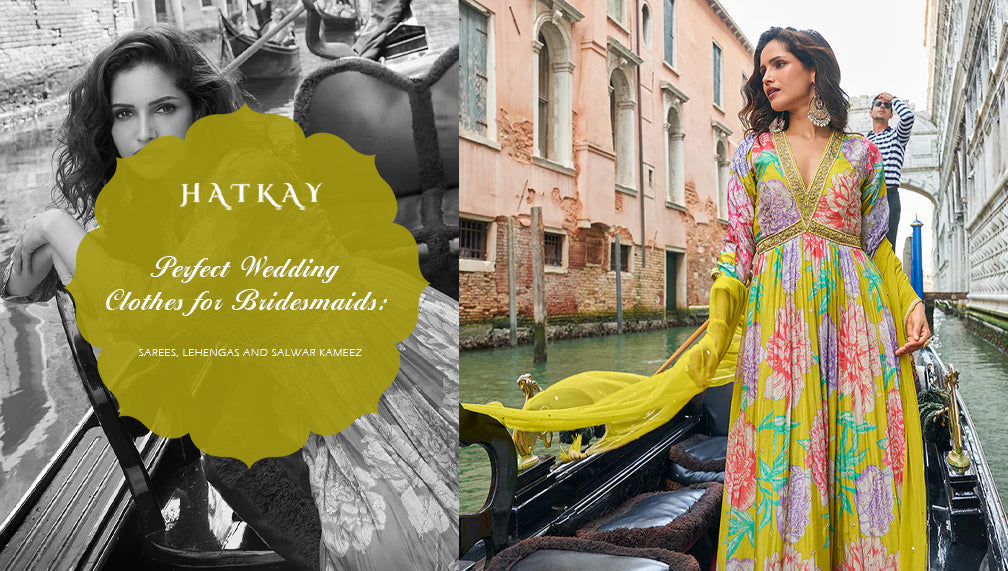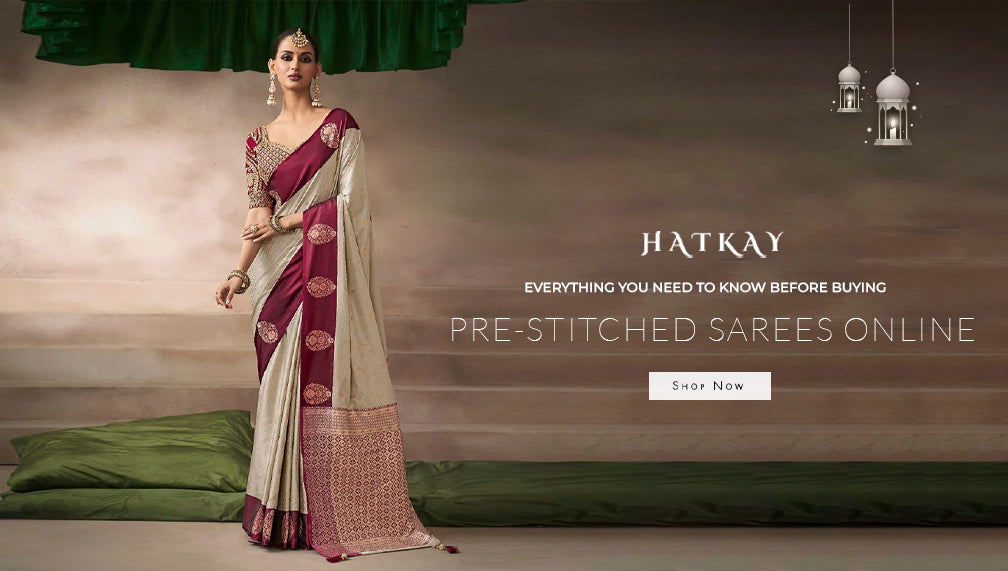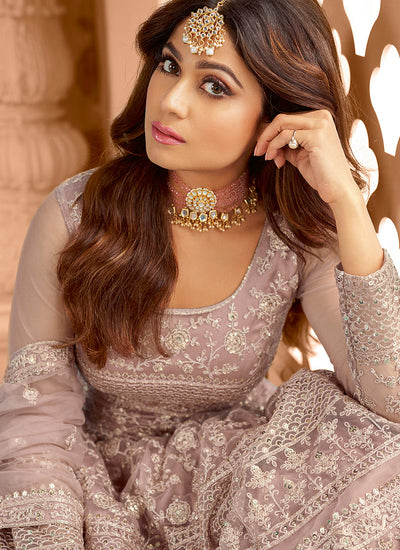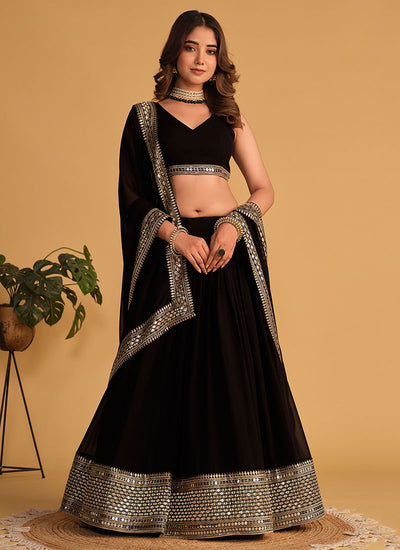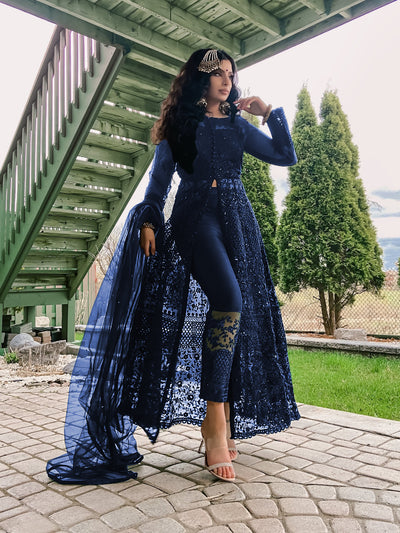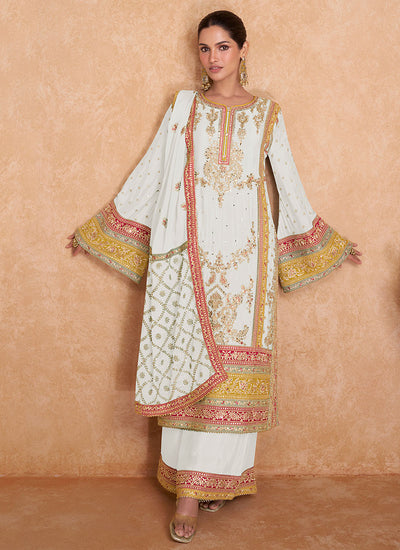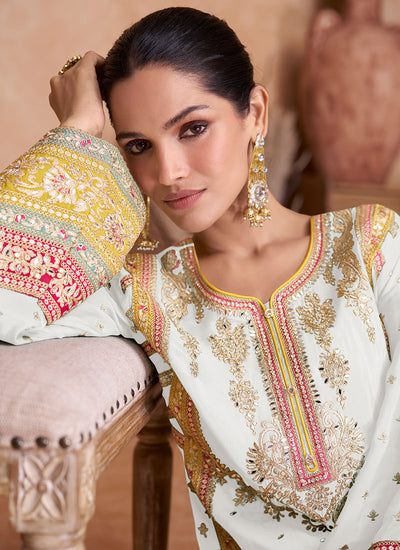
The Impact of Indian Motifs on Traditional Fashion and Prints
India’s textile heritage is one of the oldest and most diverse in the world — and at the heart of it lie the motifs. These artistic symbols are more than decorative elements; they are a language of culture, spirituality, history, and identity. From temple walls to wedding wear, Indian motifs have left a lasting imprint on Indian traditional fashion and continue to shape how we see and wear ethnic clothing today.
Motifs as Storytellers of Culture
Each Indian motif carries meaning. The paisley, for example, is more than a teardrop shape — it represents fertility and the cycle of life. The lotus, a symbol of purity, frequently appears in Mughal and South Indian designs. Peacocks, elephants, mangoes, and geometric patterns all trace their origins to regional symbolism, religious beliefs, and nature, forming the visual language of Indian textiles.
These motifs often transcend regions and religions, finding their place in everything from silk sarees and lehengas to hand-block printed dupattas and stoles. They serve as both embellishment and expression — connecting generations, celebrating festivals, and preserving stories through cloth.
The Role of Handcrafting in Motif Design
What makes Indian motifs even more special is the technique behind their creation. Methods such as hand block printing, embroidery, weaving, and dye-resist printing are centuries-old practices passed down through artisan communities. Each region has its own signature: think of Bagru and Sanganeri prints from Rajasthan, Kalamkari from Andhra Pradesh, and Chikankari embroidery from Lucknow.
In traditional fashion, these handcrafted motifs add layers of depth and authenticity. They're not mass-produced patterns; they’re meticulously applied or woven, often taking days or even weeks to complete a single garment. This level of artistry not only enhances the visual appeal but also supports local craftsmanship and sustainable fashion practices.
Contemporary Influence and Global Appeal
While these motifs are deeply rooted in tradition, they’ve adapted beautifully to modern aesthetics. Designers across India and abroad reinterpret classic symbols in fresh ways — incorporating them into fusion wear, accessories, and even Western silhouettes. Today’s ethnic brands are blending hand-block motifs with modern cuts, making traditional prints accessible for younger, style-conscious audiences.
Platforms like Hatkay, for example, are bringing these rich, motif-laden designs to a global customer base. Whether it’s a saree adorned with lotus motifs, a lehenga featuring hand-embroidered peacocks, or a kurti block-printed with tribal patterns, these designs remain timeless and highly sought-after.
Preserving Heritage Through Fashion
In an era where fast fashion dominates, Indian motifs offer a counter-narrative — one of patience, precision, and preservation. They are a reminder that fashion can be meaningful, rooted in identity, and full of depth. Supporting brands and artisans that use authentic Indian motifs isn’t just a style choice — it’s a statement of cultural respect and conscious living.
Final Thoughts
Indian motifs are more than visual art; they are the essence of the country’s fashion legacy. Their influence on traditional prints and garments continues to evolve, but their soul remains intact. As these motifs find new life in contemporary fashion, they carry forward the stories of India’s past — one stitch, one print, and one outfit at a time.













